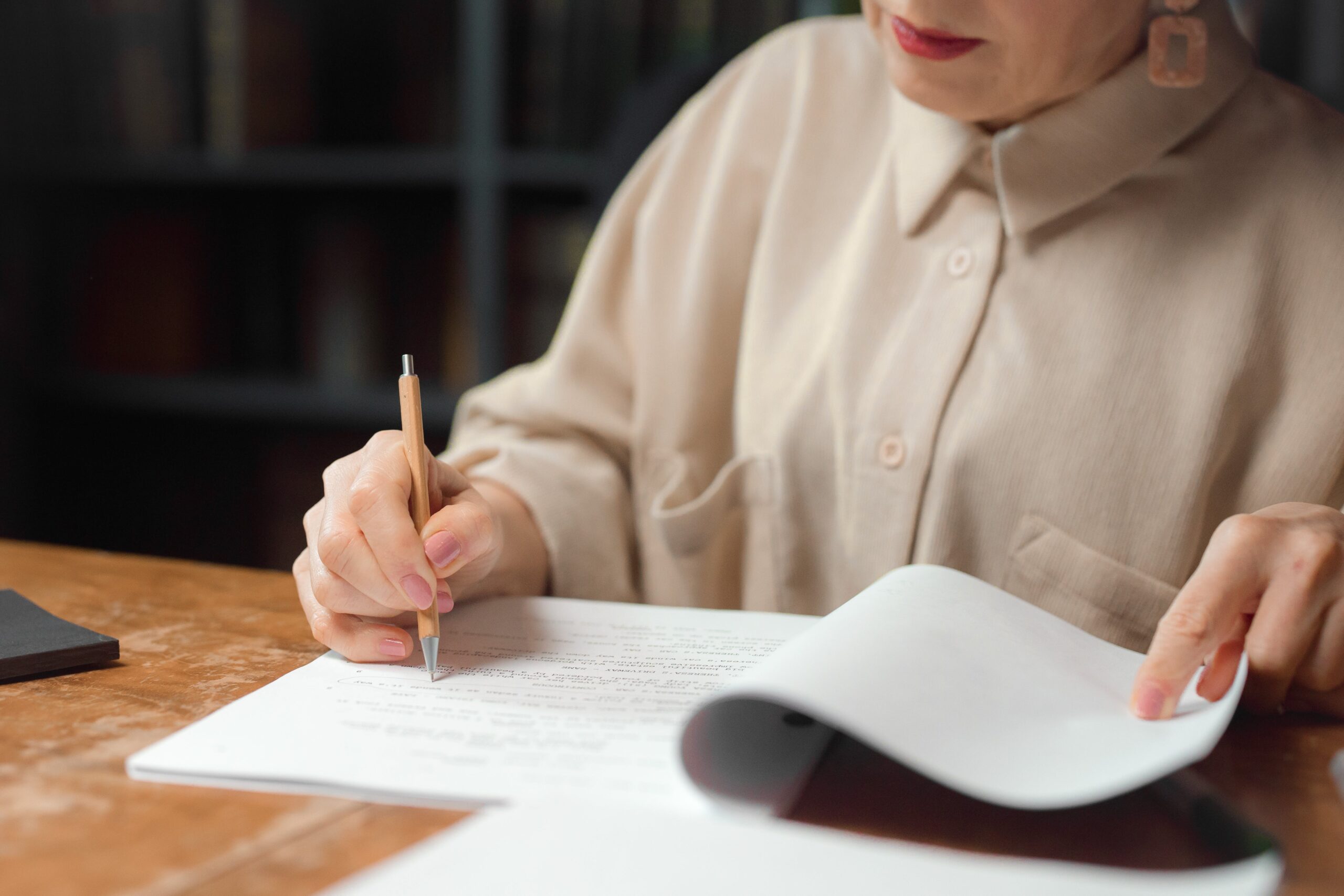
|
Getting your Trinity Audio player ready...
|
In the realm of writing and communication, proofreading plays a crucial role in ensuring that your document is presented in its best form. It involves a meticulous and systematic review of a document to identify and rectify errors, typos, grammatical mistakes, and inconsistencies. It is the final quality control step in the writing process that ensures your content is polished, clear, and error-free.
Proofreading is not to be confused with editing, which involves more extensive changes to the content, structure, and style of a document.
What is the main purpose of proofreading a paper?
Here are some reasons why proofreading is considered a ‘hero’ in the world of writing:
-
- Eliminates errors: The primary purpose of proofreading is to catch errors. From identifying typos and grammatical mistakes to punctuation errors and inconsistencies in formatting, proofreading ensures that your text is error-free. These errors, if left unattended, can undermine the credibility of your work and distract your readers.
-
- Improves clarity and flow: Proofreading enhances the clarity and readability of a text. By reviewing your content carefully, you can identify and rephrase awkward sentences, eliminate redundancies, and ensure that your ideas are presented in a logical sequence. Clear, well-structured writing is more engaging and easier to understand.
-
- Maintains consistency: Consistency in style, tone, and formatting is crucial, especially in longer pieces of writing. Proofreading ensures that you maintain a consistent voice throughout your work, making it more cohesive and professional.
-
- Enhances style: Proofreading enhances the overall style of your writing. It allows to identify and fix issues like wordiness, redundancy, and ambiguity, making your writing more engaging.
-
- Cultural and Contextual Sensitivity: Being mindful of cultural and contextual differences is crucial in any writing. Proofreading provides an opportunity to review the content for potential cultural insensitivities or misunderstandings, ensuring that the writing is respectful and inclusive.
What is the process of proofreading?
Effective proofreading requires careful attention to detail and a methodical approach. Begin with an initial pass to correct the most glaring errors like spelling, typos, and punctuation. Subsequent passes should focus on different aspects, such as grammar, sentence structure, style, and formatting. Taking breaks between proofreading passes can help you approach the text with a fresh perspective and spot errors that may have been overlooked in earlier passes. Changing your perspective can help catch errors you might have missed otherwise. Use of tools such as spell checkers, grammar checkers, and writing software can also help catch errors.
Conclusion
Proofreading is the final, essential step in the writing process. It polishes your work, ensuring that it is free from errors and clear in its message. A well-proofread document reflects professionalism. Whether you’re submitting a job application, a research paper, a blog post, or any other content, presenting a polished, error-free document conveys a strong sense of competence and attention to detail.
Click here to know more about our services: https://www.editage.us/services/research-paper-manuscript-publication-support-services









Leave a Reply